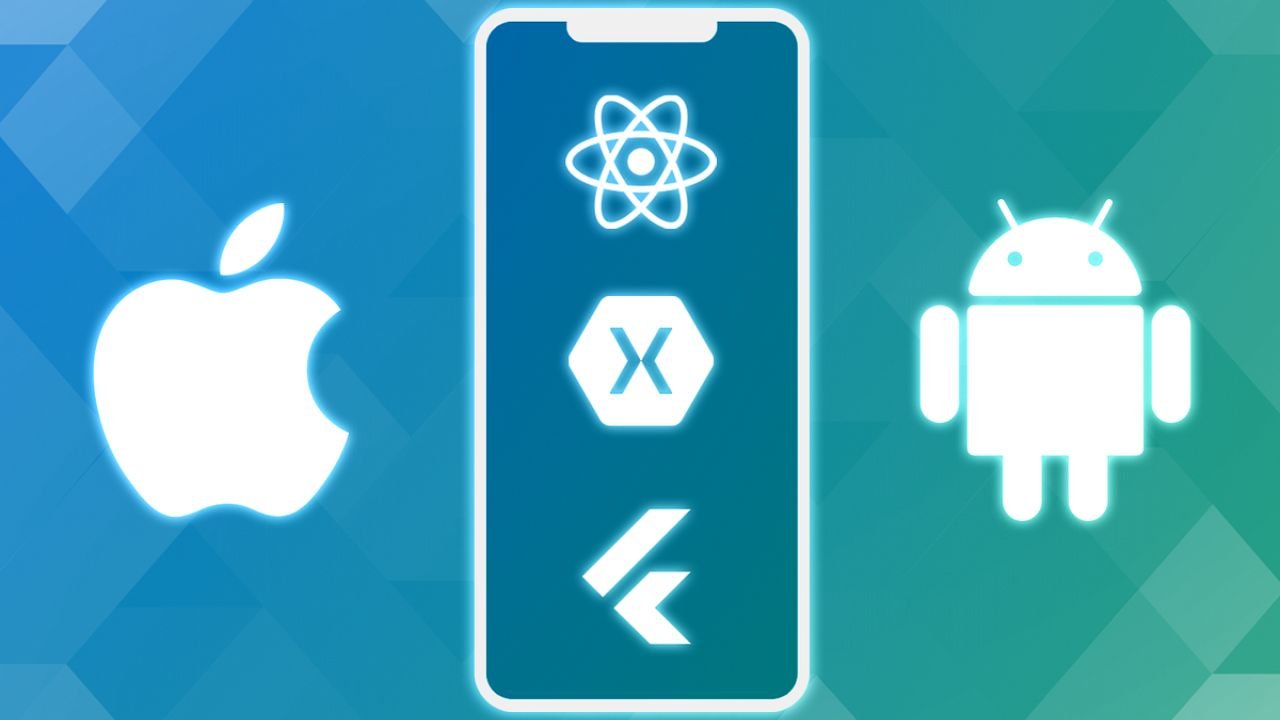Cross-platform app development frameworks gain more and more popularity as businesses and developers need mobile apps that would seamlessly work on different operating systems and devices. These frameworks allow a developer to write the code once and then deploy it to multiple different platforms-something that saves time and money.
In this post, we are going to look at the top 10 best cross-platform app development frameworks available nowadays. We have picked these frameworks based on popularity, ease of use, and their ability to yield high-quality apps implementable on multiple platforms. Whether an experienced or new developer, you can create powerful and engaging mobile apps that users will love using these frameworks.
Evolution of Cross-Platform Development
Cross platform app development has come of age since the early days in the 2000s. A developer earlier had to make a different application for each platform. A task which was time consuming and costly. With cross platform development frameworks coming of age, the developers now create one codebase, which they can deploy in multiple platforms.
The very first framework for cross platform development was PhoneGap. It came into the market in 2009. This platform gave the freedom to the developers to develop an app using HTML, CSS, and JavaScript; this could be then compiled to become the native apps on multiple different platforms. However, there were drawbacks to PhoneGap: poor performance and limited access to the majority of the native features.
Then, in 2011, Xamarin appeared, enabling the developer to develop native applications employing C#. Xamarin enabled access to all the native features and offered better performance when compared to PhoneGap. The aspect of cost-effectiveness was not with Xamarin, and hence it was not cost-effective, so this aspect, to an extent, marred its adoption rate.
React Native came in 2015 and could build native apps with JavaScript and React. Performance-wise, React Native was superior to PhoneGap while economically superior to Xamarin. Another React Native advantage was hot-reload: the possibility to see changes as they happen.
Flutter was released in 2017. It allowed developers to build the native apps using Dart. Compared to React Native, Flutter provided superior performance and widget-based architecture; it was pretty convenient to develop custom UI components.
It can be said that cross platform app development has come a long way in recent years. There are several different frameworks developers can now choose from, with each of these having its own set of strengths and weaknesses. Most importantly, how all this technology can be combined and also introduces some exciting opportunities. The new developments are going to be really interesting to observe that will take place in the field of cross platform app development.
Criteria for Evaluating Frameworks
There are certain key factors developers should consider while evaluating cross-platform app development frameworks. It can help them decide which framework to use for their needs and thus, significantly make the app development process far more prosperous. They are as follows:
- Platform Support
One of the most important aspects that needs to be considered when cross-platform app development frameworks are aggregated is platform support. Developers must make sure that the framework they employ supports the platforms an app will run on. This covers not just the major ones like iOS and Android but also the not-so-popular ones like Windows Phone and BlackBerry. - Performance
There is another aspect that is important to be considered about cross-platform frameworks of app development, which is performance. Developers must make sure that the framework they choose will provide them with the performance their application needs. This will depend upon several factors, some of which include but are not limited to the start-up time of the application, response time, and speed. - Development Time
Another pertinent aspect was development time. The chosen framework should ensure fast and easy application development by the developer. This involved such factors as ease of use, available tools and resources, and workflow generally. - Community Support
Community support also plays a very crucial role in picking the best cross-platform app development framework. Developers have to ensure that the platform they opt for has an active community that is very supportive of their entrance. This can be in the form of forums, documentation, and tutorials. - Cost
Finally, cost is another such crucial aspect that must be pondered while choosing any cross-platform app development framework. Here, the developers need to choose a framework that must suit its budget. The cost over here will also include the cost of the framework, licensing fee, or the cost required for development tools.
Flutter
Flutter is a popular cross-platform app development framework and is known as being open source. Introduced by Google in 2017, this high-powered performance has become popular with top developers and is super quick in developing a new app.
Dart Language
Dart is a modern, easy-to-learn, and understandable language that comes with the features of just-in-time and ahead-of-time compilation, along with garbage collection. When coupled with all of these features in Dart, it becomes easy for a developer to write efficient, performing-based code.
Performance
Flutter is known to be performant. Its application relies on a reactive programming model that allows developers to design complex UIs with maximum ease. The hot reload feature in Flutter makes it possible for developers to see whatever change they make in no time, hence aiding in fast development. Apart from this, Flutter takes innovation to a completely next level by providing widgets that are customizable to any project requirement.
Community and Support
Flutter comes with a large community of developers—one of the most active in contributing to the further growth and development of the project. Community members go to great lengths to offer support through listening in forums, chat rooms, and social media outlets. Flutter also boasts excellent documentation and a vast amount of learning resources to assist developers in acquiring new skills and becoming experts.
Flutter can be summarized as a productive and high-performance cross-platform app development framework based on the Dart programming language. It is supported by a great community of developers and offers complete documentation with a lot of resources to help developers acquire and elevate their skills.







